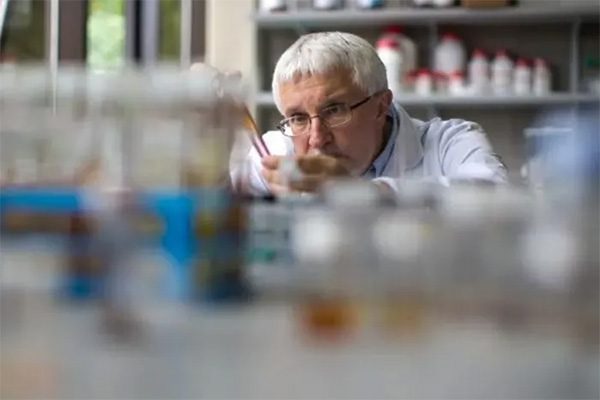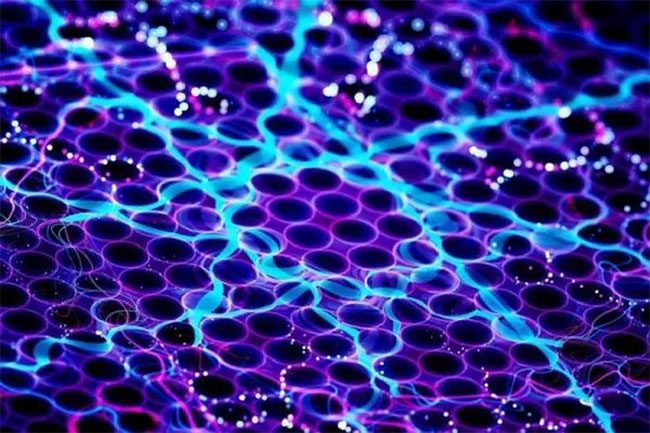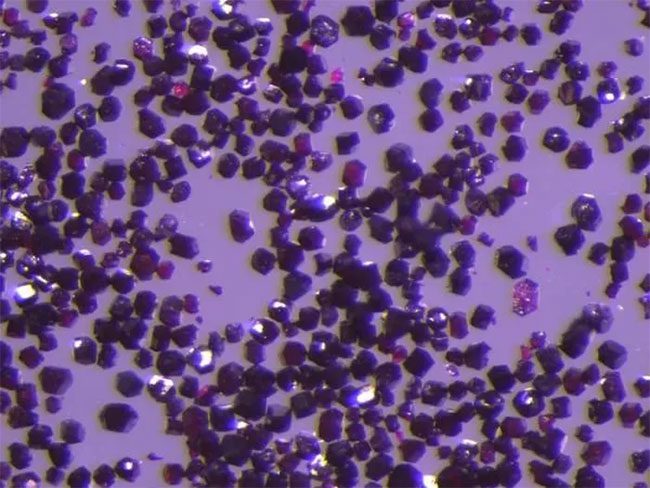A new type of material promises to eliminate some harmful pollutants in the air, developed by a team of scientists from the University of Limerick (UL) in Ireland. According to the research team, this material uses significantly less energy compared to current materials and can capture trace amounts of harmful pollutants such as benzene from the air.
The researchers believe that the sponge-like porous material – named BUT-55 – could revolutionize the purification of toxic air and make a substantial contribution to the global fight against climate change. Professor Michael Zaworotko, Chair of the Crystal Science and Engineering Fund of Ireland and a researcher at the Bernal Institute at the University of Limerick, along with colleagues, developed this new material. The discovery was reported in the prestigious journal Nature Materials in 2022.

Professor Michael Zaworotko.
Volatile organic compounds (VOCs) – including benzene – are a type of toxic pollutant that causes numerous serious environmental and human health issues. Developing technology to remove benzene from the air at trace concentrations and doing so with a low energy footprint has been a challenge that has yet to be overcome.
Professor Zaworotko explains: “A family of porous materials – like sponges – has been developed to capture benzene vapor from polluted air and produce a stream of clean air over a long period. These materials can be easily regenerated at mild temperatures, making them candidates for air filtration and environmental remediation. Our material can perform much better in terms of sensitivity and operational time compared to traditional materials.”

The material is full of holes and resembles Swiss cheese. The holes allow for the attraction of benzene molecules – a toxic pollutant.
Professor Zaworotko and Dr. Xiang-Jing Kong from the Department of Chemical Sciences at UL, along with a team of colleagues from several leading universities in China, have developed a new porous material with such a strong affinity for benzene that it captures the toxic chemical even when present at just 1 part in 100,000.
According to the research team, this material resembles Swiss cheese because it is full of holes, and it is these holes that have the “task” of attracting the toxic benzene molecules. In terms of energy, since the capture process relies on physical bonding rather than chemical, the energy footprint of the capturing and releasing process is much lower than that of previous generations of materials.
Professor Zaworotko reports: “Breaking down gas mixtures is very difficult to do effectively. This is especially true for the minor components in the air, including carbon dioxide and water. The properties of our new material indicate that the breakdown of benzene is no longer a difficult task.”

BUT-55 was created at the Bernal Institute, University of Limerick.
Some previous works from Professor Zaworotko’s laboratory have produced leading materials for carbon capture and water harvesting. The water-harvesting materials have such favorable properties for retaining and releasing water from the atmosphere that they have already been used in dehumidification systems.
Dr. Xiang-Jing Kong explains: “Based on smart design, our material effectively addresses many technical and societal challenges, such as removing trace benzene from the air. This is difficult for conventional materials, thus highlighting the appeal of porous materials.”
Overall, these results suggest a new generation of unique porous materials developed at UL that promise to enable a general approach to capturing harmful chemicals from the air.
Dr. Xiang-Jing Kong elaborates: “Aromatic isomers are very difficult to separate in their mixtures using traditional methods, which are always energy-intensive. This research opens up the possibility of designing porous materials to effectively separate these chemicals with low energy input, as well as removing many other trace pollutants from the air.”
The research was funded by the European Research Council (ERC) and Science Foundation Ireland (SFI).


















































